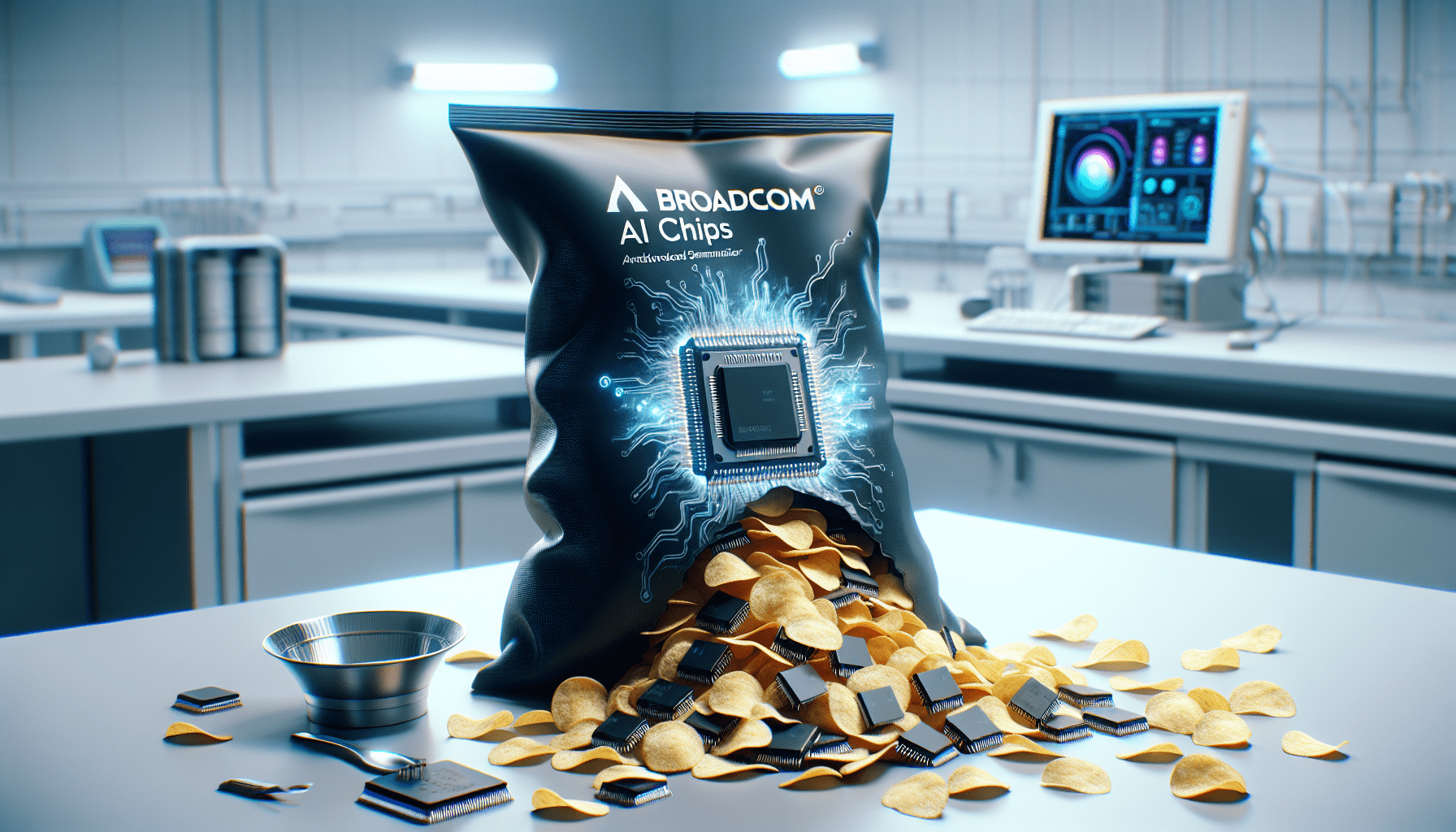Q3 Recap, Inflation and What to Watch Heading Into Q4
Much like last year, Q3 2021 saw volatility return to the markets, as growing uncertainty in China finally bled into global indices.

After a strong first two quarters of the year, the stock market finally stumbled in the third quarter of 2021. However, investors and traders should note that this was the same pattern observed last year.
Last year, the SPDR S&P 500 ETF (SPY) charged from roughly 257 in March of 2020 all the way to roughly 350 at the start of August. During August and September, the index dipped back toward 325 and then proceeded to rally through the end of the year to 370.
In 2021, action in the markets has been eerily reminiscent of last year—at least in regards to the fall stumble. After opening the year trading around 370, the SPY rallied all the way above 450 in early August, and has since dropped back to the 430 level.
If a complete redo of last year is in the cards, that means the broad market indices will rebound in October, and proceed to notch fresh all-time highs heading into year’s end. A trend that could reasonably lift SPY to 470 or beyond in Q4.
Of course, there’s no guarantee that 2021 will play out the same way as 2020. As they say in the markets, “past performance is no guarantee of future results.”
And some of the other important market themes that have emerged in 2021 will undoubtedly play a role in the direction of the financial markets during Q4.
For example, while surging prices in the crude oil and natural gas markets have certainly pleased bullish investors and traders, high absolute prices for those commodities can often serve as a throttle to economic growth.
And high prices haven’t been the only issue facing the global energy sector, as shortages for gasoline and natural gas have popped up throughout Europe and Asia. China has already instituted rolling power blackouts in some provinces to combat rising energy prices and shortfalls of inventories.
The ongoing chip shortage has also been a continuing theme in 2021, and a quick resolution doesn’t appear to be on the horizon.
In Q3, several major global auto manufacturers reported big drops in deliveries as a result of chip shortages. For example, deliveries at General Motors (GM) were down 33% in Q3 as compared to last year, while deliveries by Toyota (TM) likewise slipped last quarter—down roughly 22%.
And shortages such as these have obviously exacerbated the inflation issues observed in 2021, as well, because more buyers are competing for less supply—a situation that’s ultimately pushed prices higher.
A big question heading into Q4 and 2022 is whether an alleviation of supply chain complications will help reduce the rate of inflation growth.
Other industrial commodities—outside the energy sector—have also seen price spikes due to rising demand and inflation. For example, rare earth metals and lithium prices have skyrocketed this year, as these materials are also in short supply, and are key in the manufacturing of high-technology products.
In Q3 alone, the VanEck Vectors Rare Earth/Strategic Metals ETF (REMX) was up nearly 30%. Similarly, the Global X Lithium & Battery Tech ETF (LIT) was up 15%.
Q3 also saw uranium prices rally sharply, with the North Shore Global Uranium Mining ETF (URNM) rallying over 21%. However, strength in uranium prices appears to be linked to increased demand from cryptocurrency miners for nuclear-powered electricity.
Alongside REMX, LIT and URNM, some of the other big ETF winners through the end of Q3 include:
- First Trust Natural Gas ETF (FCG) +92%
- ProShares Ultra Oil & Gas (DIG) +89%
- Invesco Dynamic Energy Exploration & Production ETF (PXE) +88%
- SPDR S&P Retail ETF (XRT) +41%
- Invesco S&P SmallCap Consumer Discretionary ETF (PSCD) +33%
- Vanguard Financials ETF (VFH) +29%
- Vanguard S&P Small-Cap 600 Value ETF (VIOV) +25%
- SPDR S&P Homebuilders (ETF) XHB +25%
Recent Developments in China
Of course, a recap of Q3 performance in the markets wouldn’t be complete without mentioning China.
As is well known, regulatory bodies in China have been active this year in asserting their authority over the private sector. Ostensibly, leaders in China have stated their intent is to protect the data of consumers and ensure it’s being used according to government guidelines.
However, a lack of visibility into government operations in China makes it impossible to understand the true scope of the initiative, or where/when the current crackdown might end.
That uncertainty has bled into the valuations of the biggest Chinese companies trading on U.S. exchanges—such as Alibaba (BABA), Pinduoduo (PDD) and TenCent (TCEHY). As a result of the Chinese government’s actions and associated uncertainty, many Chinese ADRs (American Depository Receipts) are currently trading at (or near) 52-weeks lows.
Fortunately, the turbulence in China has largely remained isolated from international markets—or at least it had remained isolated until a couple weeks ago, when rumors about a possible bankruptcy in one of China’s largest property developers (Evergrande) finally spooked investors and traders outside China.
Fears related to Evergrande contributed to a sharp rise in the CBOE Volatility Index (VIX), which climbed above 25 for the first time since May. The VIX has since that time tailed back down to about 21.
Despite recent volatility, global stocks have mostly seen positive action this year. The list below highlights the top-performing international equity markets thus far in 2021:
- RTX (Russia) +27.5%
- BUX (Hungary) +26.5%
- BSX (Bermuda) +25.5%
- SENSEX (India) +22.0%
- AEX (Netherlands) +21.5%
- OMXS30 (Sweden) +19.2%
- S&P 500 (USA) +17.7%
- CAC40 (France) +16.6%
- Nasdaq 100 (USA) +16.5%
For updates on everything moving the markets in Q4, readers can tune into TASTYTRADE LIVE—weekdays from 7 a.m. to 4 p.m. CST—at their convenience.
Sage Anderson is a pseudonym. He’s an experienced trader of equity derivatives and has managed volatility-based portfolios as a former prop trading firm employee. He’s not an employee of Luckbox, tastytrade or any affiliated companies. Readers can direct questions about this blog or other trading-related subjects, to support@luckboxmagazine.com.



















